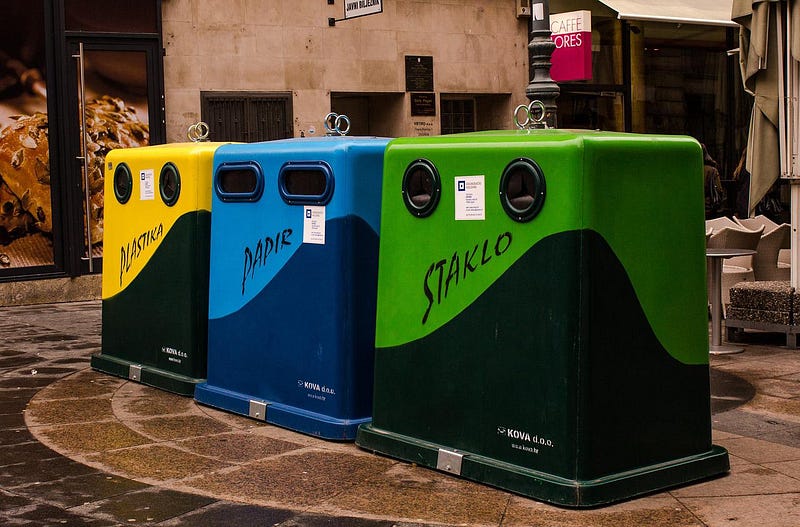The Truth About Plastics: A Closer Look at Environmental Claims
Written on
Chapter 1: Understanding the Debate
In recent discussions about environmental sustainability, misconceptions about materials like plastics, paper, glass, and aluminum are rampant. Often, individuals promoting extreme views lack a comprehensive understanding of environmental science, yet they believe they hold the solutions to critical global issues.
Consider the common call to "ban plastics." Next time you’re in need of a medical procedure, remember to request a glass syringe—a practice that contributed to numerous health crises from the 1940s to the 1960s. Also, imagine life without modern conveniences like your smartphone, computer, or even packaged snacks. It’s essential to recognize the transformative role plastics play in our daily lives.
For instance, combating hunger would be significantly more challenging without plastic packaging. Our technological advancements and overall lifestyle are deeply intertwined with the utilization of plastics. Yet, due to misleading narratives fueled by greenwashing, many people mistakenly link plastic to climate change.
In reality, materials such as glass, paper, and aluminum may present greater environmental challenges when considering their entire lifecycle, including production, transportation, and disposal.
Section 1.1: The Transport Dilemma
To illustrate this point, let’s conduct a thought experiment. Imagine a delivery truck with a maximum load capacity transporting water in various containers—paper, glass, plastic, and aluminum. At first glance, one might think paper is the most efficient option due to its lighter weight, potentially resulting in reduced fuel consumption and lower greenhouse gas emissions.
However, this perspective overlooks the fact that producing paper requires transporting heavy timber to manufacturing facilities. Additionally, the process involves numerous chemicals to treat the wood, each contributing to the overall carbon footprint. Not to mention the vast amounts of water consumed throughout these processes.

Section 1.2: The Numbers Behind the Claims
A report from McKinsey & Company, published last July, compiled insights from industry experts across the plastics, glass, and aluminum sectors. Their findings align with independent research conducted by environmental scientists at universities and research institutions.
The study revealed that while some materials enjoy higher recycling rates, this metric doesn’t correlate with their greenhouse gas emissions. For instance, a PET soda container weighing approximately 27 grams generates roughly half the greenhouse gases compared to a 13-gram aluminum counterpart.

Chapter 2: Rethinking Plastic Bans
The first video titled "Plastic sucks! Or does it? What's better; glass, plastic or aluminium?" dives into the complexities surrounding the discussion of different materials and their environmental impacts.
Banning plastics outright is not a feasible solution and could lead to a myriad of other challenges. Instead, we should focus on enhancing plastic recyclability, optimizing production processes, and promoting circular economy practices.
Ultimately, a balanced approach that weighs the advantages and disadvantages of each material is crucial in making informed decisions about their use in specific contexts. The simplistic notion of demonizing plastics is fundamentally misguided.
The second video, "Sustainability myths: plastic prevents food waste, glass vs. plastic, & recycling," explores prevalent misconceptions about sustainability and the role of different materials in reducing waste.
Understanding these complexities is essential for fostering informed discussions about our environmental choices and the materials we use in our lives.